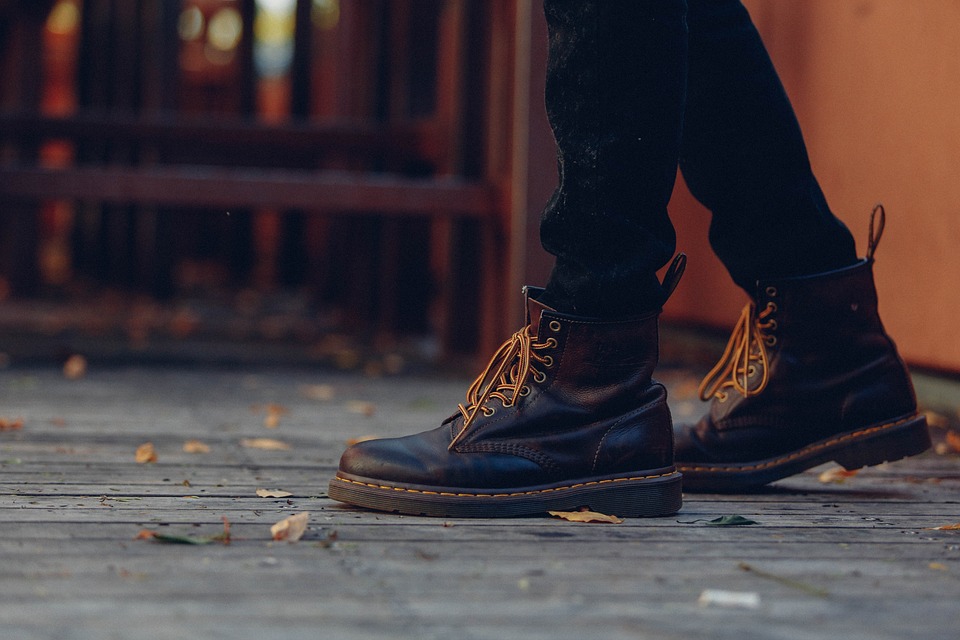In recent years, China’s footwear exports to Russia have shown steady growth. As a major global consumer market, Russia has strong demand for footwear, especially in athletic shoes, winter boots, and children’s footwear. However, due to international sanctions and Russia’s domestic policies, exporters must strengthen their positioning in compliance, logistics efficiency, and market adaptability.

Characteristics of the Russian Market
- Clear demand stratification: Mid-to-low-end products dominate the mainstream thanks to their price-performance advantage, while the high-end market remains led by international brands;
- High seasonal volatility: Winter boot orders account for more than 40% of annual export volume and require stock preparation 3–6 months in advance.
Essential Documents Checklist
Basic Trade Documents:
- 商業インボイス: Clearly specify the product material, model, unit price, and total amount, with a bilingual Chinese-Russian comparison required;
- パッキングリスト: Specify the quantity, weight, volume, and packaging method for each carton, and include Russian-language labeling.
- Certificate of Origin (CO): Issued by the China Council for the Promotion of International Trade (CCPIT) for the purpose of enjoying tariff preferences.
Certification documents:
- EAC Certification: Russia and the Eurasian Economic Union mandate that adult footwear must comply with TR CU 017/2011 (Safety of Light Industry Products), while children's footwear must additionally meet TR CU 007/2011 (Safety of Products for Children and Adolescents);
- Health Certificate: For footwear that comes into direct contact with the skin (such as the lining of athletic shoes), chemical composition testing is required.
Special file:
- RFID electronic tag: Since 2018, all footwear sold in Russia must carry RFID tags recording information such as origin and manufacturer; failure to comply risks fines or return shipment.

Compliance Requirements and Certification Process
1. Core Certification
- Adult Footwear: A Declaration of Conformity must be submitted; laboratory testing covers physical performance (abrasion resistance, tear resistance) and chemical safety (prohibited azo dyes, formaldehyde content);
- Kids' shoes: Mandatory EAC conformity certification; testing items include heavy-metal migration, choking hazards from small parts, etc.; certification cycle approximately 6–8 weeks;
- Industrial safety shoes: Must comply with the fire-resistance requirements of GOST R 53265-2009; certification is highly demanding, so engaging a specialized agency is recommended.
2. ラベルおよび包裝の要件
- Russian signage: Product name, ingredients, production date, manufacturer’s address, etc., must be labeled in Russian;
- 環境マーク: Packaging materials must be labeled with recyclable symbols (e.g., PET, PP codes);
- Electronic label: RFID tags must be purchased and affixed by the Russian importer before export, at a cost of approximately US$0.3–0.7 per pair, which must be factored into the quotation.
3. Technical Standards
- Physical properties:Abrasion resistance of the outsole and tensile strength of the upper must comply with GOST standards;
- Chemical Safety: Restrict phthalates (<0.1%), lead (<100 ppm), and other hazardous substances.

Risks and Mitigation Strategies
1. Certification and Customs Clearance Risks:
- pain point: The EAC certification process is complex, and missing documents can easily lead to customs clearance delays;
- Countermeasures: Start certification three months in advance, select a laboratory recognized by Russia (e.g., SGS) for pre-testing, and ensure a one-time pass.
2. Payment and Sanctions Risk
- pain point: International sanctions have led some banks to restrict Russia-related remittances, extending the collection cycle;
- Countermeasures: Prioritize using Letters of Credit (L/C) or third-party payment platforms to mitigate USD settlement risks; regularly screen customers for inclusion on sanctions lists.
3. Policy change risk
- pain point: Russia frequently adjusts import quotas and labeling regulations;
- Countermeasures: Subscribe to updates from the official website of the Russian Ministry of Industry and Trade, and establish an information-sharing mechanism with local agents.
4. Logistics and Inventory Risks
- pain point: Port congestion in Russia (e.g., St. Petersburg) has extended ocean transit times to 30–45 days;
- Countermeasures: Utilize the China-Europe Railway Express (via Manzhouli Port) to cut transit time to 15 days, or opt for overseas warehouse distribution.
結論
Chinese Footwearロシアへの輸出The market holds enormous potential, yet compliance must be the core competitive edge. Companies should focus on mandatory requirements such as EAC certification, RFID tags, and Russian-language labeling while optimizing their supply chains to mitigate logistics and payment risks.
Finally, if you need more support from us when exporting products to Russia, feel free to contact us at any time!


 カスタマーサービスWeChatをフォローしてください
カスタマーサービスWeChatをフォローしてください